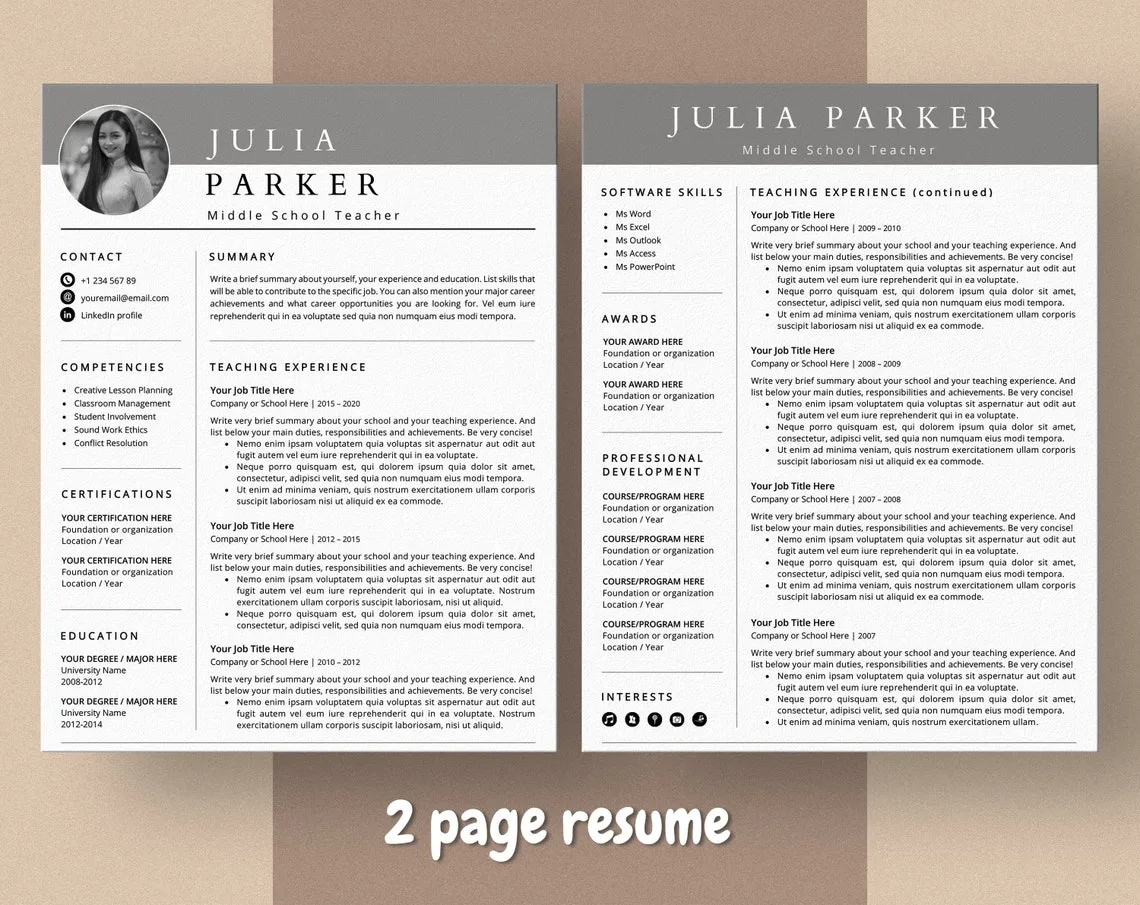Understanding the Importance of a Teaching Cover Letter
In the competitive field of education, a well-crafted teaching cover letter is more than just a formality it’s your first opportunity to make a positive impression on a potential employer. It serves as a crucial introduction, allowing you to showcase your personality, teaching philosophy, and relevant experience in a way that a resume alone cannot. A strong cover letter complements your resume, providing context and depth to your qualifications and demonstrating your genuine interest in the specific teaching position and school district. It’s your chance to stand out from other applicants and highlight why you are the ideal candidate for the role.
What is a Teaching Cover Letter
A teaching cover letter is a formal document submitted along with your resume when applying for a teaching position. Its primary purpose is to introduce yourself to the hiring committee, express your interest in the specific role, and highlight your key qualifications and experiences that align with the job requirements. It is a chance to elaborate on your teaching philosophy, explain why you are passionate about education, and demonstrate your understanding of the school’s values and mission. A compelling cover letter showcases your personality, communication skills, and enthusiasm for teaching, making it a vital part of your job application materials.
Why are cover letters important

Cover letters are essential for teaching positions for several reasons. Firstly, they provide an opportunity to personalize your application and demonstrate your specific interest in the school and position. They allow you to tailor your qualifications and experiences to match the job description, showcasing how you can contribute to the school’s goals. Secondly, a cover letter offers a platform to highlight your teaching philosophy, which is crucial in education. You can articulate your approach to student learning, classroom management, and fostering a positive learning environment. Lastly, cover letters help you stand out from the crowd by showcasing your communication skills, personality, and passion for teaching, making you more memorable to the hiring committee.
Key Components of a Winning Teaching Cover Letter
A winning teaching cover letter comprises several key components that collectively create a strong first impression. Each element plays a vital role in showcasing your qualifications and passion for teaching. A well-structured and thoughtfully written cover letter will capture the reader’s attention and set you apart from other applicants, thereby increasing your chances of securing an interview. Paying attention to these key elements will greatly enhance the effectiveness of your application and demonstrate your professionalism and attention to detail.
Contact Information and Date
Begin your cover letter with your contact information, including your full name, address, phone number, and email address. Directly below this, include the date. This ensures the recipient can easily reach you and provides a formal touch to your letter. Ensure your contact details are accurate and up-to-date to avoid any miscommunication or missed opportunities.
The Salutation
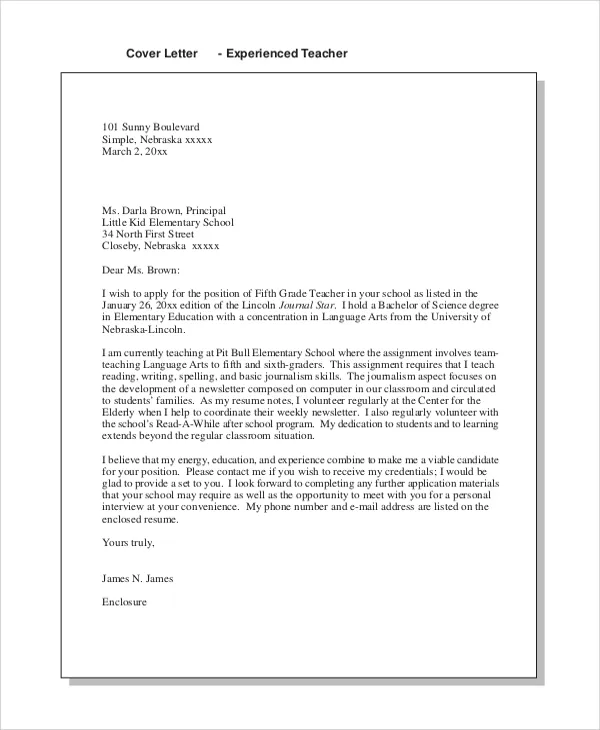
Address your letter to a specific person whenever possible, such as the hiring manager or principal. If you cannot find a name, use a professional greeting like “Dear Hiring Committee” or “Dear [School Name] Principal.” Avoid generic salutations such as “To Whom It May Concern.” Using a specific name demonstrates that you have done your research and shows your genuine interest in the position.
Opening Paragraph
Start with a strong opening paragraph that immediately grabs the reader’s attention. State the position you are applying for and where you found the job posting. Briefly mention why you are interested in the role and the school, showing your enthusiasm and making a positive first impression. This section sets the tone for the rest of your letter.
Highlighting Your Teaching Skills and Experience
The body of your cover letter should highlight your relevant teaching skills and experience. Provide specific examples of how you have successfully implemented teaching strategies, managed classrooms, and fostered student growth. Use the job description as a guide to identify key skills and experiences the employer is seeking, then tailor your examples to align with those requirements. This is your chance to demonstrate how you’ve made a difference in the classroom.
Showcasing Relevant Qualifications
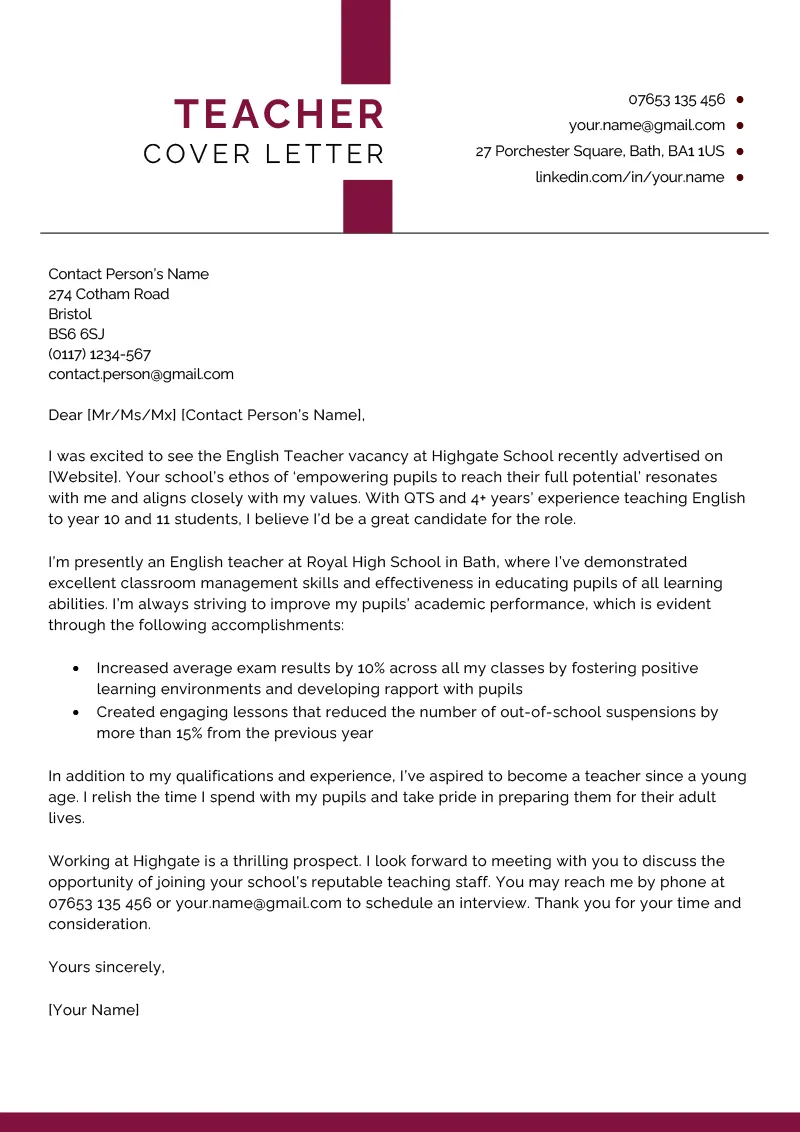
Clearly state your educational background, certifications, and any other qualifications relevant to the teaching position. If you have a master’s degree or other advanced certifications, be sure to highlight them. Mention any special training or workshops you have completed, particularly if they align with the school’s needs or focus areas. Emphasize anything that sets you apart from other applicants.
Quantifiable Achievements
Whenever possible, quantify your achievements to demonstrate your impact. For example, mention the percentage increase in student test scores, the number of students you mentored, or any awards or recognitions you received. Use data to support your claims and make your accomplishments more concrete and persuasive. Concrete examples make your achievements more impactful and show your potential to be a successful teacher.
Expressing Enthusiasm and Passion for Teaching
Throughout your cover letter, convey your passion for teaching and your dedication to student success. Discuss your teaching philosophy, how you create a positive learning environment, and your approach to student engagement. Show the hiring committee that you are enthusiastic about the prospect of teaching their students and are genuinely committed to education. Let your personality and enthusiasm shine through.
The Closing Paragraph
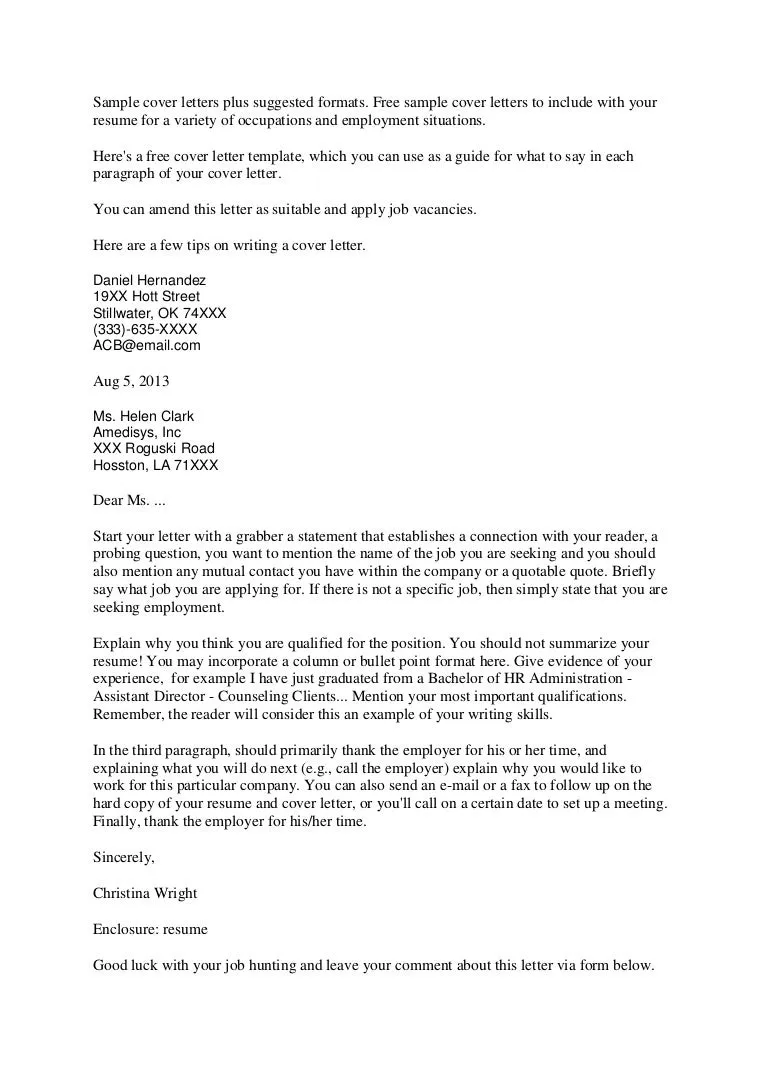
In your closing paragraph, reiterate your interest in the position and thank the hiring manager for their time and consideration. Express your eagerness for an interview and your confidence in your ability to contribute to the school’s mission. This is your last chance to leave a positive impression.
Call to Action
End with a clear call to action. State that you are available for an interview and provide your contact information again. This makes it easy for the hiring manager to take the next step and keeps the application process moving forward. Including a call to action shows your proactiveness and commitment to the position.
Proofreading and Formatting Your Cover Letter
Before submitting your cover letter, carefully proofread it for any grammatical errors, typos, or formatting issues. Ensure your letter is well-organized, easy to read, and free of any mistakes that could detract from your application. Use a professional font, such as Times New Roman or Arial, and maintain a consistent font size throughout. Proofread and review carefully to ensure the best possible impression.
Common Mistakes to Avoid
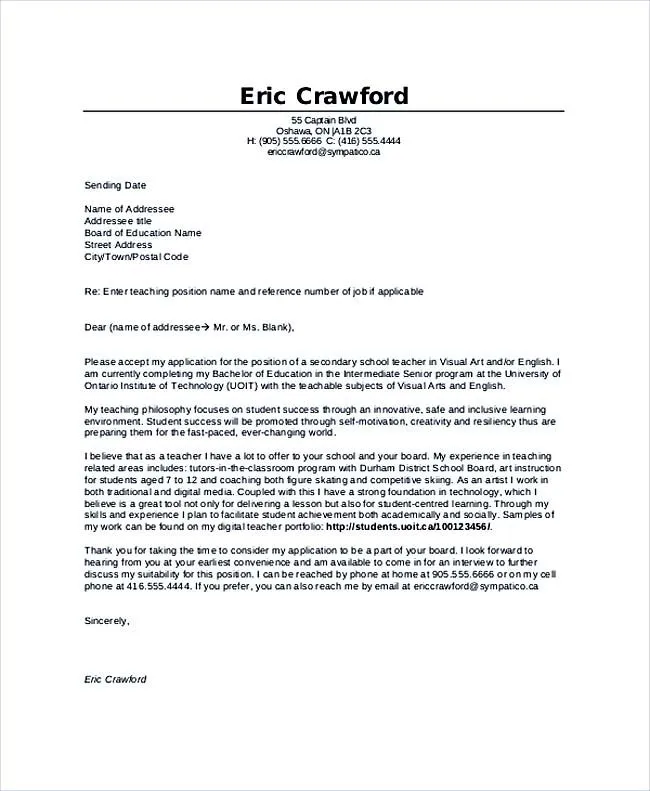
Avoiding common mistakes is crucial to creating a successful teaching cover letter. Here are some key pitfalls to steer clear of to ensure your application stands out for the right reasons. Addressing these points can significantly improve the quality of your cover letter, which increases your chances of landing your desired teaching role.
Using Generic Language
Avoid using generic or cliché phrases that lack specificity. Tailor your letter to each position and school by including specific details about your skills and experiences. Highlight how you have contributed to previous schools and use language that directly addresses the requirements of the job. Generic language often comes across as impersonal and does not show a genuine interest in the specific role.
Focusing Solely on What You Want
While it is important to express your interest, do not make the entire letter about your needs and desires. Focus on what you can offer the school and the students. Emphasize how your skills and experiences align with the school’s values and how you can contribute to their goals. Focus on how you can benefit the students and the school.
Typos and Grammatical Errors
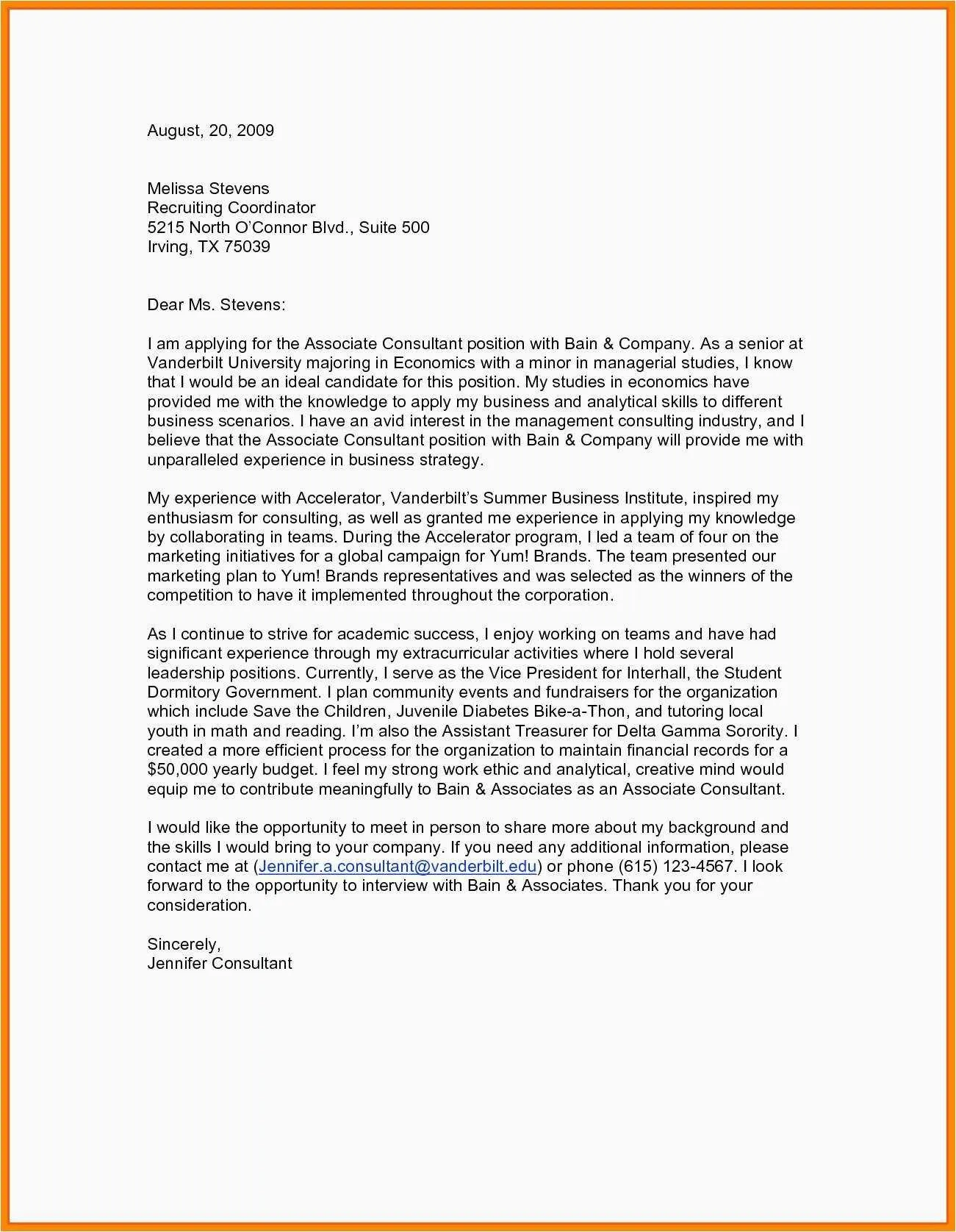
Always proofread your cover letter carefully for typos and grammatical errors. These mistakes can create a negative impression and reflect poorly on your attention to detail. Ask a friend or colleague to review your letter as well. Thorough proofreading is essential to demonstrate your professionalism and commitment to excellence. Ensure that the letter is polished before submitting.
Cover Letter Samples That Work
Reviewing well-crafted cover letter samples can provide valuable insights into effective writing strategies. They offer examples of how to structure your letter, highlight key qualifications, and tailor your message to specific teaching positions. Look for examples relevant to the type of school and role you are targeting, as this can help you customize your approach.
Sample Cover Letter for Elementary School Teacher
A sample for an elementary school teacher will highlight experience with early childhood education, classroom management, and creating engaging learning environments for young children. It should showcase experience in age-appropriate curriculum development, and fostering social-emotional growth. The letter should reflect an understanding of the unique challenges and rewards of teaching elementary-age students. Emphasis should be placed on creating a nurturing and supportive learning environment where students can thrive.
Sample Cover Letter for High School Teacher
A high school teacher’s cover letter should emphasize experience with subject matter expertise, lesson planning, and engaging older students. It should highlight the ability to manage a classroom and connect with older students. Include details of your experience teaching specific courses, developing advanced lesson plans, and preparing students for college and future careers. The letter should show a strong focus on the subject matter and show the ability to make lessons come alive and keep them engaged.
Sample Cover Letter for Special Education Teacher
A sample for a special education teacher should emphasize experience with individualized education programs (IEPs), differentiated instruction, and supporting students with diverse learning needs. Highlight your knowledge of special education laws and your ability to collaborate with parents and other professionals. The letter should demonstrate a deep commitment to inclusive education and creating a supportive environment for students with disabilities. The focus should be on the unique challenges and rewards of special education.
Sample Cover Letter for Substitute Teacher
A substitute teacher cover letter should stress flexibility, classroom management, and the ability to quickly adapt to different teaching environments and lesson plans. Include experience working in a variety of schools and grade levels. Highlight your ability to establish rapport with students and maintain classroom discipline. It should reflect your availability and willingness to fill in as needed. Be sure to showcase adaptability and the ability to work with students and colleagues.
Additional Tips for a Standout Teaching Cover Letter
Beyond the core components, consider additional strategies to make your cover letter stand out. Tailoring your letter to each specific position and highlighting transferable skills can significantly increase your chances of getting hired. By incorporating these additional tips, you can make your application more memorable and increase your chances of landing your dream job.
Tailoring Your Cover Letter to Each Position
Customize your cover letter for each teaching position you apply for. Review the job description carefully and identify the specific requirements, skills, and qualifications the employer is seeking. Use the job description as a guide to tailor your experiences, skills, and accomplishments to match the needs of the school. This personalization demonstrates your attention to detail and genuine interest in the role.
Highlighting Transferable Skills
Even if you are new to teaching, highlight transferable skills from other experiences, such as communication, leadership, organization, and problem-solving. Relate these skills to the responsibilities of a teacher. Demonstrate how your previous experiences, whether in volunteer work, other jobs, or extracurricular activities, have equipped you with valuable skills applicable to teaching. This showcases your versatility and your potential to excel in the role.
Following Up After Submission
Follow up on your application a week or two after submitting it. Send a brief email to the hiring manager to reiterate your interest and inquire about the status of your application. This demonstrates your initiative and continued enthusiasm for the position. Be polite and professional, and restate your interest in the position. A quick follow-up can leave a positive impression and reinforce your interest.
